Egg irregularities from backyard chickens are very common. The occasional strange-looking egg from a hen is to be expected. Take a picture of it, discuss it at the water cooler next day, but don’t worry too much about it- the vast majority of the time they do not indicate a serious problem. In this article we’ll look at the some of the most common strange eggs and their possible causes, but first we’ll need to know how a hen’s reproductive system is supposed to work when firing on all cylinders.
Here’s the deal with a hen’s reproductive system: a female chick’s ovary contains all of the ova it will ever have when it’s hatched. When she is sexually mature, lighting stimulates hormones that cause a yolk to be released from the ovary into the oviduct where it acquires the albumen, (whites) membranes, shell and any shell color. The whole process takes approximately 25 hours to complete. Within about thirty minutes of an egg being laid, the process starts again.
This is an actual hen’s reproductive tract*. I have labeled the functions that occur at different junctures along the way edited to add: if fertilization is to occur, it happens in the infundibulum, which is the area immediately to the right of the ovary (the black line is running through it). The infundibulum is a muscle that essentially engulfs the ovum when it is released. The sperm waits in the infundibulum and has a narrow, 15-18 minute window of opportunity to fertilize the ova.
ADVISORY: The following video contains anatomical images of a hen laying an egg. Viewer discretion is advised.
FERTILIZED & UNFERTILIZED EGGS
UNFERTILIZED EGG
A hen must mate with a rooster in order for her egg to contain both the male and female genetic material necessary to create an embryo inside the egg. An unfertilized egg does not contain the rooster’s genetic material, which means a chick can never hatch from that egg. Every egg contains a concentration of cells containing the hen’s genetic material on the yolk. These cells are termed the blastodisk and they look like an irregularly shaped, white circle.
FERTILIZED EGGS
When an egg is fertilized by a rooster, the blastodisk becomes known as the blastoderm, which is the first stage of embryo development. The blastodisk contains the genetic material from both the hen and the rooster. The blastoderm is also known as the germinal disc. When incubated under specific temperatures and humidity levels for 21 days, these cells can develop into a chick. The blastoderm is characterized by its bullseye appearance of regular, concentric circles.
EGG IRREGULARITIES
DOUBLE YOLKS
Commonly occur in new layers when the yolk release is mistimed and two yolks travel down the oviduct together. Some hens are genetically predisposed to laying double-yolked eggs.
Can a double yolk egg hatch? Yes, but it’s rare. While extraordinarily uncommon, miraculously it can happen.
NO YOLK
Tiny eggs containing no yolk are referred to as fairy eggs, rooster eggs, wind eggs, dwarf eggs, rooster eggs or fart eggs (I don’t make this stuff up). These eggs are common in new layers when the reproductive system isn’t quite synchronized yet. They can also occur in older layers when a piece of tissue from the reproductive tract breaks free and tricks the hen’s reproductive system into treating the tissue like a yolk, creating an egg out of it. A little piece of tissue is visible in this photo:
NO SHELL OR THIN SHELL
I call soft-shelled eggs rubber eggs because the membrane is soft and pliable. Commonly produced by new layers, caused by stress, an immature shell gland, a nutritional deficiency or a glitch in the uterus, aka: shell gland. To find them occasionally is no cause for concern, to find them regularly can indicate a calcium, phosphorous or vitamin D deficiency. High temperatures can also cause thin-shelled eggs due the hen’s decreased ability to store calcium in hot weather.
ODD SHELL SHAPE OR TEXTURE
(Includes too large, too small, flat-sided, ‘body-checked’ eggs) I affectionately refer to these as ‘mutant eggs.’ In new layers, an immature shell gland can cause odd shell shape and is most often of no concern. In senior layers, oddly shaped eggs can result from stress or, if they are a regular occurrence, a defective shell gland. Misshapen eggs can also be caused by infectious bronchitis or egg drop syndrome, both of which are cause for concern.Shells with wrinkles or ‘checks’ in the shell are known as ‘body check’ eggs. These eggs have been damaged while in the shell gland from stress or pressure put upon them. The cracks in these eggs are repaired in the shell gland, resulting in checks or wrinkles.
ROUGH SHELLED OR PIMPLED EGGS
Egg shells can have different textures causes by a range of things from excess calcium or Vitamin D intake (pimpled eggs) to double-ovulation, disease, defective shell gland or rapid changes in lighting conditions (sandpaper eggs). As long as these types of eggs are found infrequently, there is no cause for concern.
Pimples may be caused by excess calcium intake. (You know how delicious those oyster shells can be!) Pimples on eggs can also be an indication of too much Vitamin D in a hen’s diet.
FLAT SIDE – SLAB SIDED EGG
Can occur in new layers due to stress or disease. The egg is kept too long in the shell gland, resulting in a flat side with wrinkles. Can also occur when a mis-timed, second egg proceeds down the oviduct, bumping into and resting alongside the first egg.
LARGE EGGS
Eggs of unusually large size ordinarily contain double yolks and the hen’s reproductive system accommodates for the anomaly by working overtime to generate these monstrosities. Older hens tend to lay larger eggs. On average, an extra large egg weighs 64 grams and a jumbo egg weighs 71 grams. The two largest eggs I’ve ever had were 90 and 95 grams.
EGG-WITHIN-AN-EGG
An egg within another egg occurs when an egg that is almost ready to be laid reverses engines into the reproductive tract, meeting up with another egg-in-progress. It gets another layer of white/albumen and a new layer of shell before being laid. The cause is not known. While the literature characterizes this egg-within-an-egg phenomenon as “rare,” my sense is that it is significantly more common than previously believed. Many backyard chicken-keepers report discovering eggs-within-eggs from their hens.
BLOOD SPOT
A blood spot inside an egg can occur either as a result of a blood vessel breaking in the ovary when the yolk is being released or in the oviduct as the yolk travels through it. Blood spots may occur in older hens that have a genetic predisposition to them, in hens that have a vitamin A deficiency, or randomly in any egg.
MEAT SPOT
As opposed to blood spots, which occur on the surface of an egg yolk, meat spots are found in the egg white (albumen). Meat spots are the result of a small piece of the oviduct sloughing off as egg white is being added in the egg-making process. Meat spots can be removed with the tip of a knife and while visually unappealing, would be safe to eat.
SHELL COLOR
All eggshells start out white. It is believed that colored eggs have their pigment added to the shell at the end of the egg formation process between the shell gland and vagina. White eggshells have no pigment at all.Brown
Eggshells contain the pigment protoporphyrin IX ( a by-product of hemoglobin) which is found only on the surface of the shell. Brown pigment is applied during the formation of the last layer of the egg, the bloom or cuticle. The brown pigment can be rubbed off easily and does not color the inside of the shell.
Blue
Eggshells are produced by the pigment oocyanin, (a by-product of bile formation). The color is applied early in the shell’s formation and penetrates the entire shell. The blue coloring cannot be rubbed off.
Green
Eggshells are a combination of blue and brown pigment being applied to the eggshell in the shell gland. The blue is added first and penetrates the entire egg while the brown pigment is laid on the surface of the eggshell.
Uneven shell coloring results from the uneven distribution of pigment as the egg passes through the oviduct. Sometimes an egg is stalled for a time in the uterus, which allows more time for pigment to be applied.
LASH EGG, aka: a PUS COAGULEGG
IS NOT AN EGG Lash eggs result from an infection (bacterial or viral) that causes inflammation of a hen’s oviduct. That inflammation is referred to as Salpingitis. The hen’s immune system reacts to the inflammation by trying to wall-off the infection with a waxy, cheese-like pus. This pus mass may or may not contain yolk, albumen, (egg white) eggshell, egg membrane, blood or pieces of tissue from the oviduct wall, but it is primarily a yellowish, cheesy, pus ball. This is an ominous sign of a very serious infection that most hens do not recover from. Much more about lash eggs in this article.
GREEN EGG YOLK or PINK or GREEN EGG WHITES
“I do not like them Sam-I-Am. I do not like green yolks or ham!”
Feeding cottonseed meal to hens can cause green egg yolks and/or pink whites. Acorns in excess can have a similar effect. These eggs are perfectly edible, but may be visually off-putting. It is not surprising to me that I have not personally seen a a green egg yolk or found pink egg whites in an egg from my backyard chickens because I do not feed them cottonseed meal and we do not have any oak trees in our yard. Green egg whites can be caused by too much riboflavin in the hens’ diet.
The preceding information is provided as a general guideline to understanding some egg irregularities and some of the more common causes of them. It is not intended as an exhaustive review of the subject. If you have some concern that your hen may be ill or if she consistently produces irregular eggs, you should consult an avian vet or perform in-depth research based upon your individual circumstances.
*Anatomical illustrations and photo reproduced for educational purposes, courtesy of Jacquie Jacob, Tony Pescatore and Austin Cantor, University of Kentucky College of Agriculture. Copyright 2011. Educational programs of Kentucky Cooperative Extension serve all people regardless of race, color, age, sex, religion, disability, or national origin. Issued in furtherance of Cooperative Extension work, Acts of May 8 and June 30, 1914, in cooperation with the U.S. Department of Agriculture, M. Scott Smith, Director, Land Grant Programs, University of Kentucky College of Agriculture, Lexington,and Kentucky State University, Frankfort. Copyright 2011 for materials developed by University of Kentucky Cooperative Extension. This publication may be reproduced in portions or its entirety for educational and nonprofit purposes only. Permitted users shall give credit to the author(s) and include this copyright notice. Publications are also available on the World Wide Web at www.ca.uky.edu. Issued 02-2011
Kathy Shea Mormino
Affectionately known internationally as The Chicken Chick®, Kathy Shea Mormino shares a fun-loving, informative style to raising backyard chickens. …Read on


shop my SPONSORS
Egg irregularities from backyard chickens are very common. The occasional strange-looking egg from a hen is to be expected. Take a picture of it, discuss it at the water cooler next day, but don’t worry too much about it- the vast majority of the time they do not indicate a serious problem. In this article we’ll look at the some of the most common strange eggs and their possible causes, but first we’ll need to know how a hen’s reproductive system is supposed to work when firing on all cylinders.
Here’s the deal with a hen’s reproductive system: a female chick’s ovary contains all of the ova it will ever have when it’s hatched. When she is sexually mature, lighting stimulates hormones that cause a yolk to be released from the ovary into the oviduct where it acquires the albumen, (whites) membranes, shell and any shell color. The whole process takes approximately 25 hours to complete. Within about thirty minutes of an egg being laid, the process starts again.
This is an actual hen’s reproductive tract*. I have labeled the functions that occur at different junctures along the way edited to add: if fertilization is to occur, it happens in the infundibulum, which is the area immediately to the right of the ovary (the black line is running through it). The infundibulum is a muscle that essentially engulfs the ovum when it is released. The sperm waits in the infundibulum and has a narrow, 15-18 minute window of opportunity to fertilize the ova.
ADVISORY: The following video contains anatomical images of a hen laying an egg. Viewer discretion is advised.
FERTILIZED & UNFERTILIZED EGGS
UNFERTILIZED EGG
A hen must mate with a rooster in order for her egg to contain both the male and female genetic material necessary to create an embryo inside the egg. An unfertilized egg does not contain the rooster’s genetic material, which means a chick can never hatch from that egg. Every egg contains a concentration of cells containing the hen’s genetic material on the yolk. These cells are termed the blastodisk and they look like an irregularly shaped, white circle.
FERTILIZED EGGS
When an egg is fertilized by a rooster, the blastodisk becomes known as the blastoderm, which is the first stage of embryo development. The blastodisk contains the genetic material from both the hen and the rooster. The blastoderm is also known as the germinal disc. When incubated under specific temperatures and humidity levels for 21 days, these cells can develop into a chick. The blastoderm is characterized by its bullseye appearance of regular, concentric circles.
EGG IRREGULARITIES
DOUBLE YOLKS
Commonly occur in new layers when the yolk release is mistimed and two yolks travel down the oviduct together. Some hens are genetically predisposed to laying double-yolked eggs.
Can a double yolk egg hatch? Yes, but it’s rare. While extraordinarily uncommon, miraculously it can happen.
NO YOLK
Tiny eggs containing no yolk are referred to as fairy eggs, rooster eggs, wind eggs, dwarf eggs, rooster eggs or fart eggs (I don’t make this stuff up). These eggs are common in new layers when the reproductive system isn’t quite synchronized yet. They can also occur in older layers when a piece of tissue from the reproductive tract breaks free and tricks the hen’s reproductive system into treating the tissue like a yolk, creating an egg out of it. A little piece of tissue is visible in this photo:
NO SHELL OR THIN SHELL
I call soft-shelled eggs rubber eggs because the membrane is soft and pliable. Commonly produced by new layers, caused by stress, an immature shell gland, a nutritional deficiency or a glitch in the uterus, aka: shell gland. To find them occasionally is no cause for concern, to find them regularly can indicate a calcium, phosphorous or vitamin D deficiency. High temperatures can also cause thin-shelled eggs due the hen’s decreased ability to store calcium in hot weather.
ODD SHELL SHAPE OR TEXTURE
(Includes too large, too small, flat-sided, ‘body-checked’ eggs) I affectionately refer to these as ‘mutant eggs.’ In new layers, an immature shell gland can cause odd shell shape and is most often of no concern. In senior layers, oddly shaped eggs can result from stress or, if they are a regular occurrence, a defective shell gland. Misshapen eggs can also be caused by infectious bronchitis or egg drop syndrome, both of which are cause for concern.Shells with wrinkles or ‘checks’ in the shell are known as ‘body check’ eggs. These eggs have been damaged while in the shell gland from stress or pressure put upon them. The cracks in these eggs are repaired in the shell gland, resulting in checks or wrinkles.
ROUGH SHELLED OR PIMPLED EGGS
Egg shells can have different textures causes by a range of things from excess calcium or Vitamin D intake (pimpled eggs) to double-ovulation, disease, defective shell gland or rapid changes in lighting conditions (sandpaper eggs). As long as these types of eggs are found infrequently, there is no cause for concern.
Pimples may be caused by excess calcium intake. (You know how delicious those oyster shells can be!) Pimples on eggs can also be an indication of too much Vitamin D in a hen’s diet.
FLAT SIDE – SLAB SIDED EGG
Can occur in new layers due to stress or disease. The egg is kept too long in the shell gland, resulting in a flat side with wrinkles. Can also occur when a mis-timed, second egg proceeds down the oviduct, bumping into and resting alongside the first egg.
LARGE EGGS
Eggs of unusually large size ordinarily contain double yolks and the hen’s reproductive system accommodates for the anomaly by working overtime to generate these monstrosities. Older hens tend to lay larger eggs. On average, an extra large egg weighs 64 grams and a jumbo egg weighs 71 grams. The two largest eggs I’ve ever had were 90 and 95 grams.
EGG-WITHIN-AN-EGG
An egg within another egg occurs when an egg that is almost ready to be laid reverses engines into the reproductive tract, meeting up with another egg-in-progress. It gets another layer of white/albumen and a new layer of shell before being laid. The cause is not known. While the literature characterizes this egg-within-an-egg phenomenon as “rare,” my sense is that it is significantly more common than previously believed. Many backyard chicken-keepers report discovering eggs-within-eggs from their hens.
BLOOD SPOT
A blood spot inside an egg can occur either as a result of a blood vessel breaking in the ovary when the yolk is being released or in the oviduct as the yolk travels through it. Blood spots may occur in older hens that have a genetic predisposition to them, in hens that have a vitamin A deficiency, or randomly in any egg.
MEAT SPOT
As opposed to blood spots, which occur on the surface of an egg yolk, meat spots are found in the egg white (albumen). Meat spots are the result of a small piece of the oviduct sloughing off as egg white is being added in the egg-making process. Meat spots can be removed with the tip of a knife and while visually unappealing, would be safe to eat.
SHELL COLOR
All eggshells start out white. It is believed that colored eggs have their pigment added to the shell at the end of the egg formation process between the shell gland and vagina. White eggshells have no pigment at all.Brown
Eggshells contain the pigment protoporphyrin IX ( a by-product of hemoglobin) which is found only on the surface of the shell. Brown pigment is applied during the formation of the last layer of the egg, the bloom or cuticle. The brown pigment can be rubbed off easily and does not color the inside of the shell.
Blue
Eggshells are produced by the pigment oocyanin, (a by-product of bile formation). The color is applied early in the shell’s formation and penetrates the entire shell. The blue coloring cannot be rubbed off.
Green
Eggshells are a combination of blue and brown pigment being applied to the eggshell in the shell gland. The blue is added first and penetrates the entire egg while the brown pigment is laid on the surface of the eggshell.
Uneven shell coloring results from the uneven distribution of pigment as the egg passes through the oviduct. Sometimes an egg is stalled for a time in the uterus, which allows more time for pigment to be applied.
LASH EGG, aka: a PUS COAGULEGG
IS NOT AN EGG Lash eggs result from an infection (bacterial or viral) that causes inflammation of a hen’s oviduct. That inflammation is referred to as Salpingitis. The hen’s immune system reacts to the inflammation by trying to wall-off the infection with a waxy, cheese-like pus. This pus mass may or may not contain yolk, albumen, (egg white) eggshell, egg membrane, blood or pieces of tissue from the oviduct wall, but it is primarily a yellowish, cheesy, pus ball. This is an ominous sign of a very serious infection that most hens do not recover from. Much more about lash eggs in this article.
GREEN EGG YOLK or PINK or GREEN EGG WHITES
“I do not like them Sam-I-Am. I do not like green yolks or ham!”
Feeding cottonseed meal to hens can cause green egg yolks and/or pink whites. Acorns in excess can have a similar effect. These eggs are perfectly edible, but may be visually off-putting. It is not surprising to me that I have not personally seen a a green egg yolk or found pink egg whites in an egg from my backyard chickens because I do not feed them cottonseed meal and we do not have any oak trees in our yard. Green egg whites can be caused by too much riboflavin in the hens’ diet.
The preceding information is provided as a general guideline to understanding some egg irregularities and some of the more common causes of them. It is not intended as an exhaustive review of the subject. If you have some concern that your hen may be ill or if she consistently produces irregular eggs, you should consult an avian vet or perform in-depth research based upon your individual circumstances.
*Anatomical illustrations and photo reproduced for educational purposes, courtesy of Jacquie Jacob, Tony Pescatore and Austin Cantor, University of Kentucky College of Agriculture. Copyright 2011. Educational programs of Kentucky Cooperative Extension serve all people regardless of race, color, age, sex, religion, disability, or national origin. Issued in furtherance of Cooperative Extension work, Acts of May 8 and June 30, 1914, in cooperation with the U.S. Department of Agriculture, M. Scott Smith, Director, Land Grant Programs, University of Kentucky College of Agriculture, Lexington,and Kentucky State University, Frankfort. Copyright 2011 for materials developed by University of Kentucky Cooperative Extension. This publication may be reproduced in portions or its entirety for educational and nonprofit purposes only. Permitted users shall give credit to the author(s) and include this copyright notice. Publications are also available on the World Wide Web at www.ca.uky.edu. Issued 02-2011



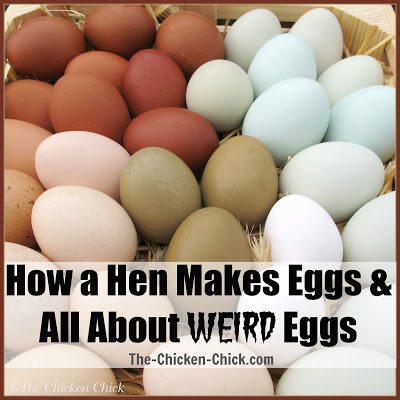
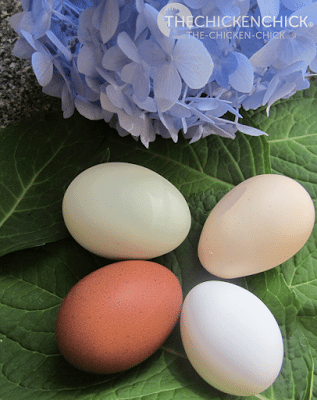
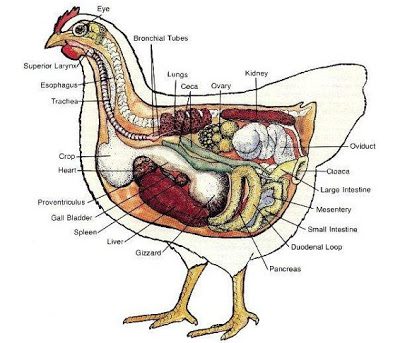
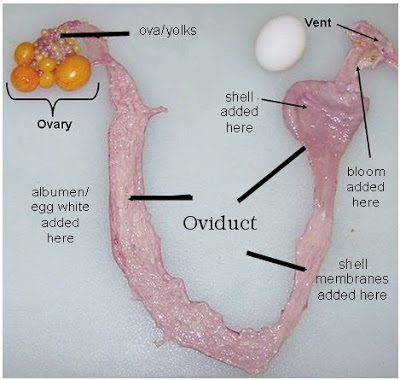
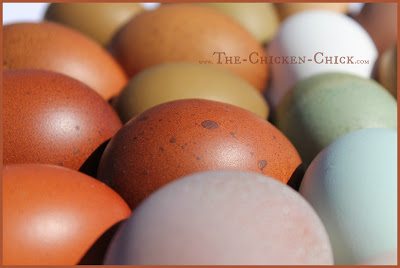
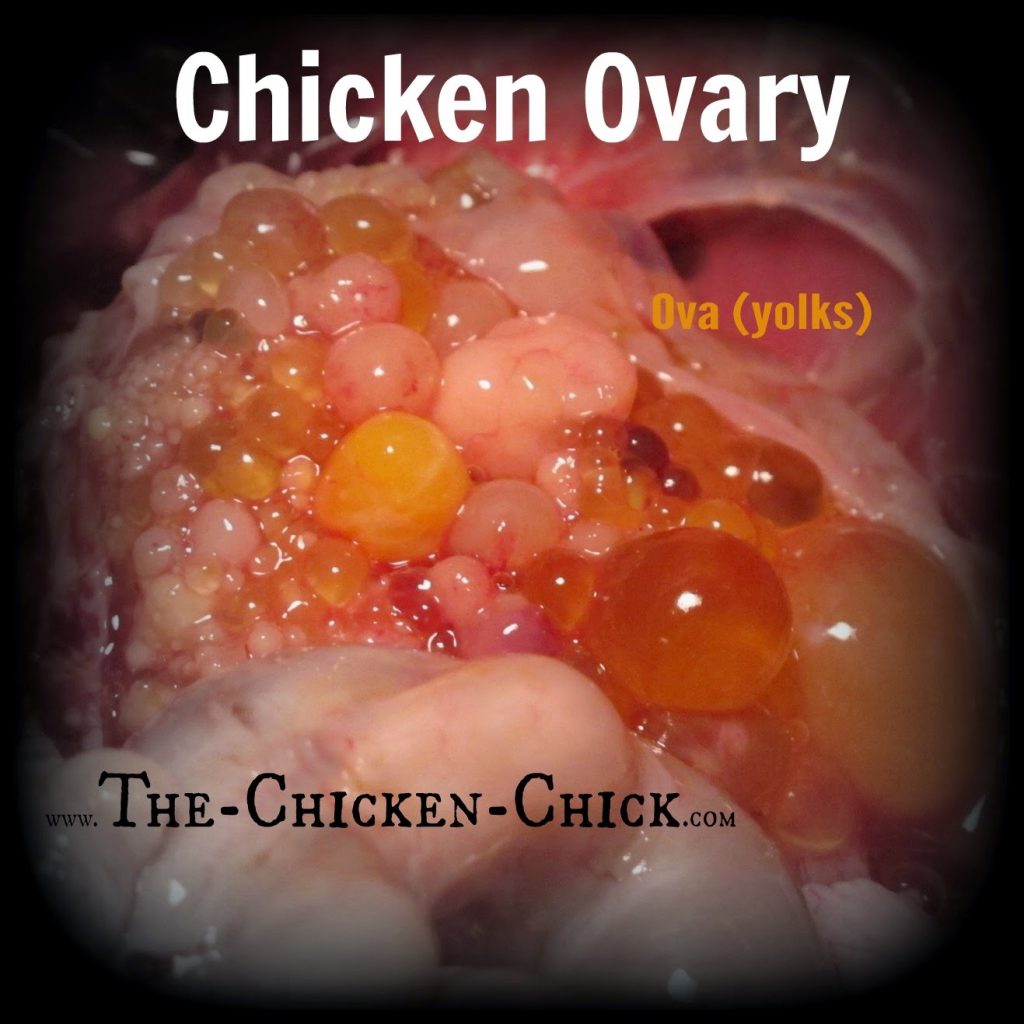
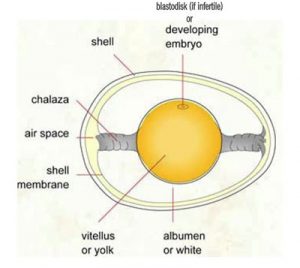
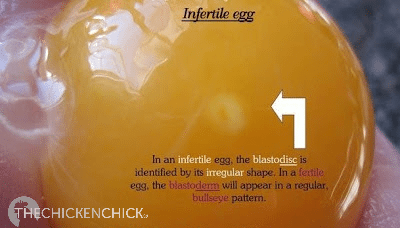
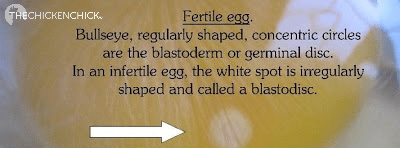
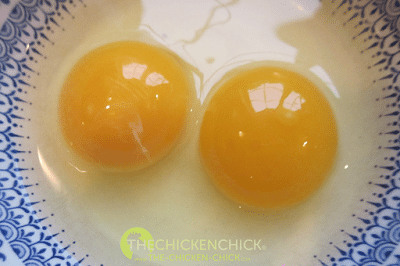
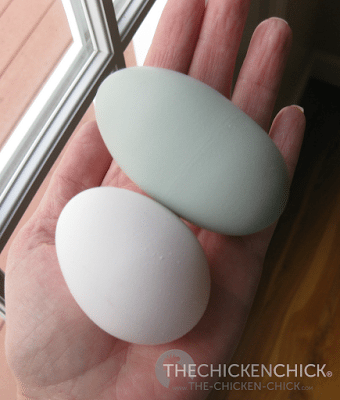
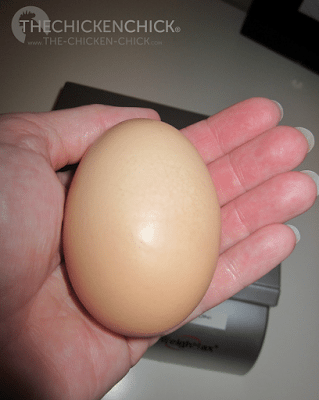
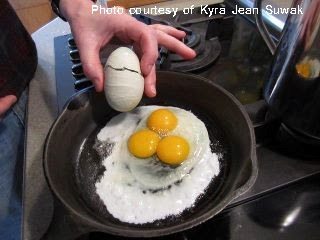
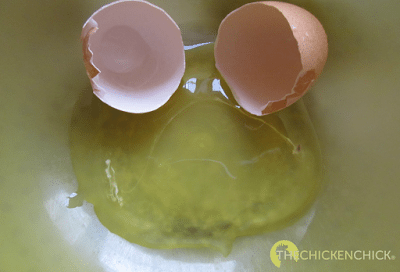
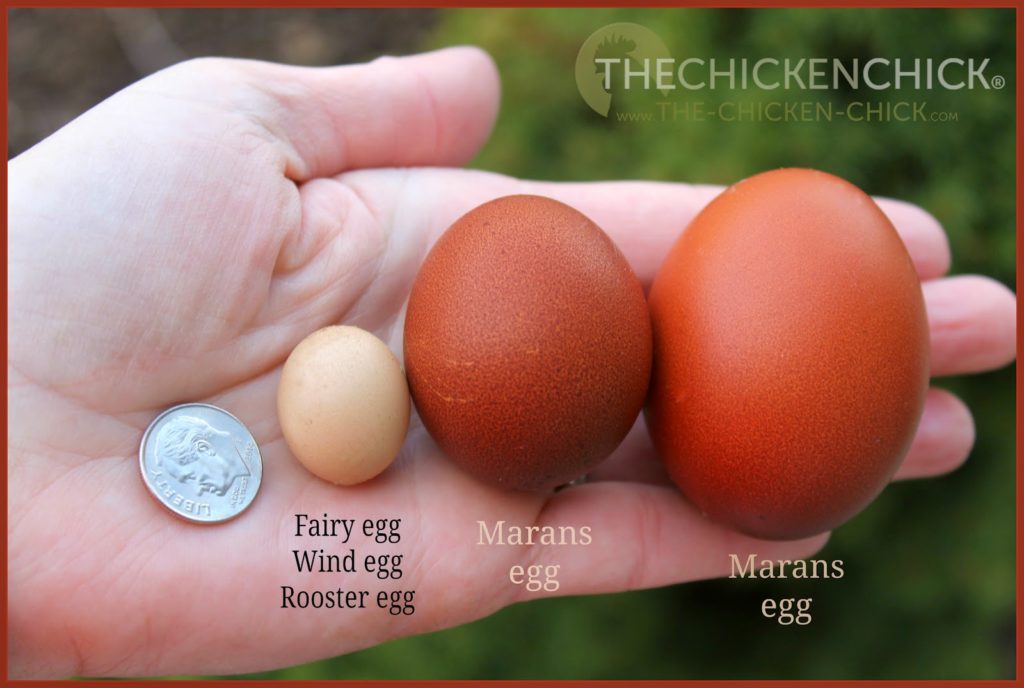
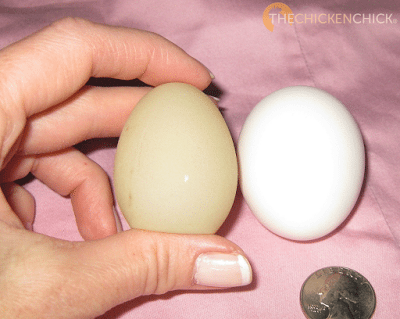
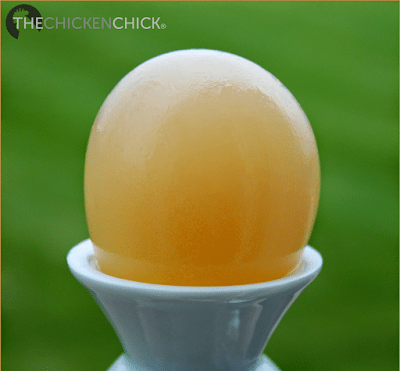
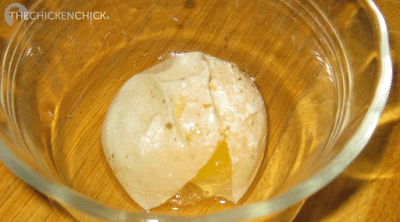
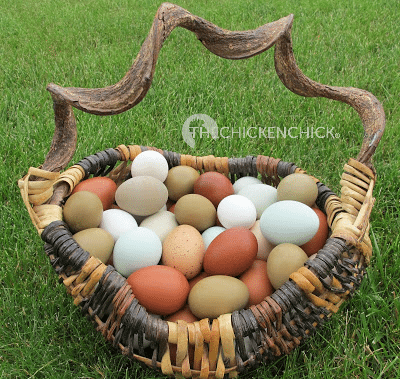
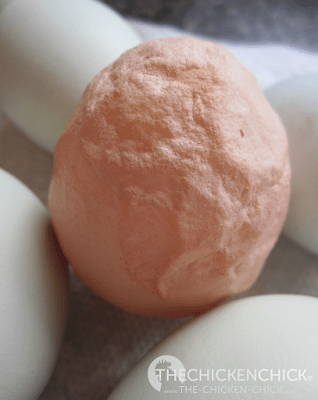
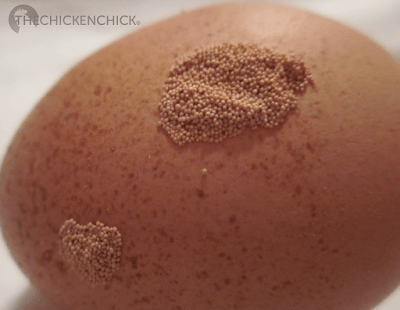
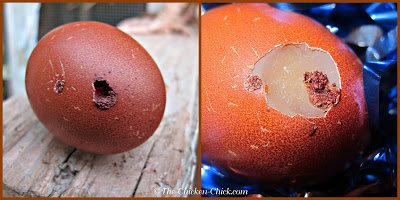
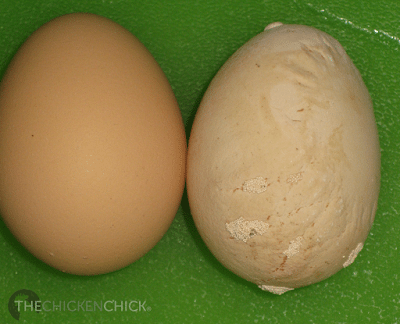
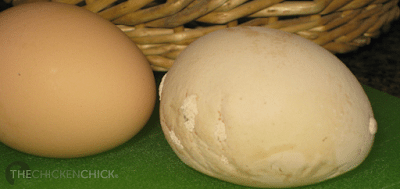
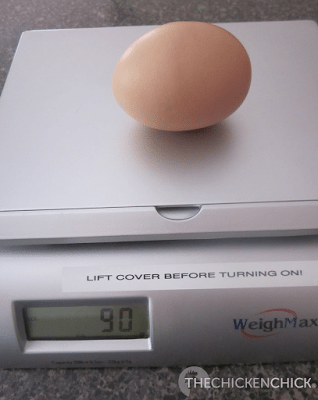
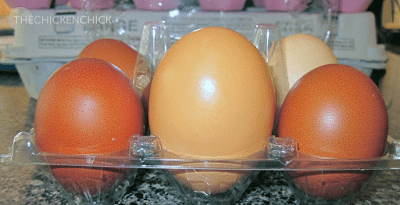
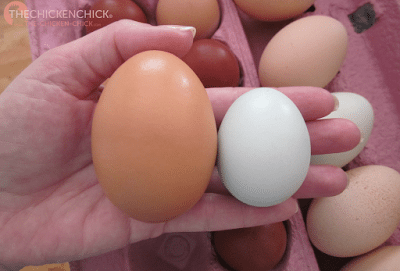
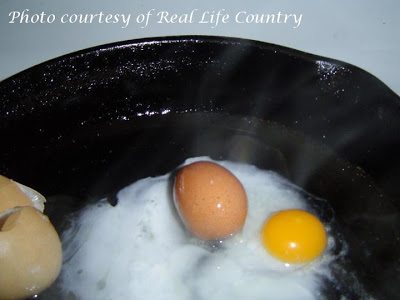
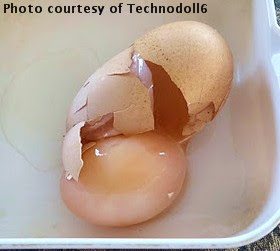
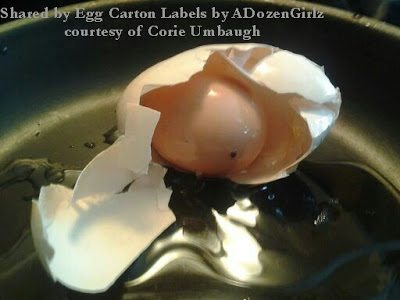
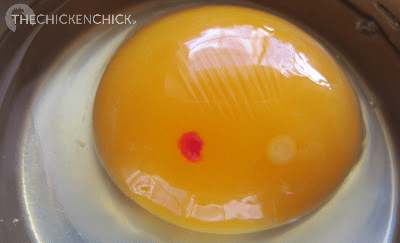
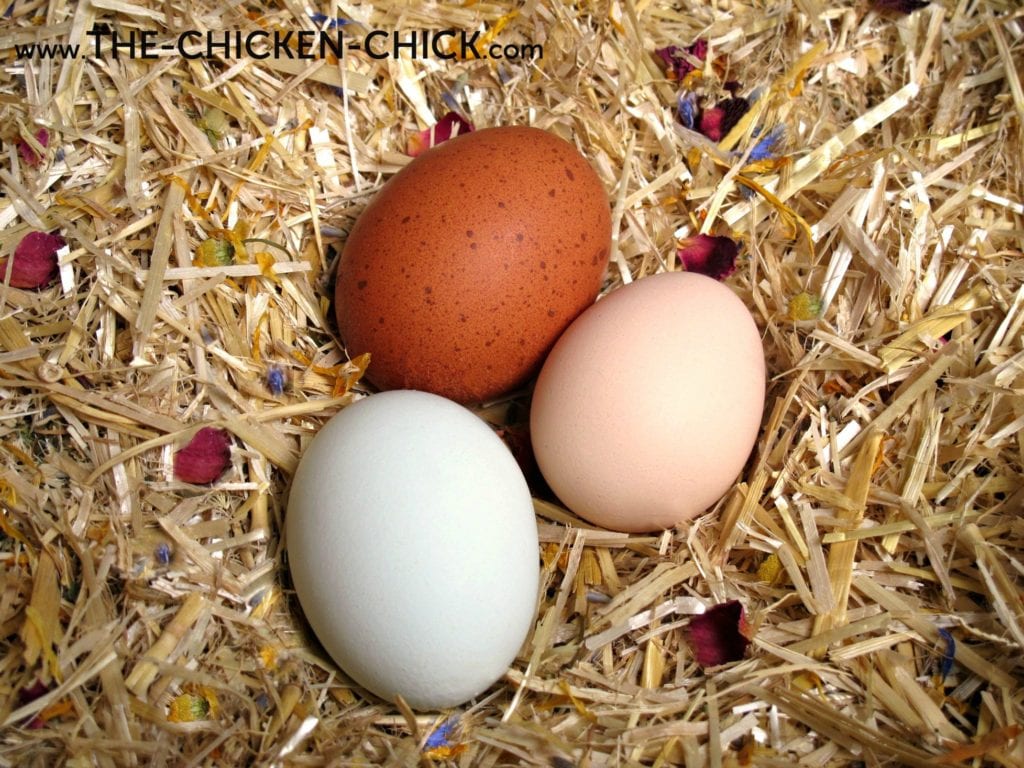
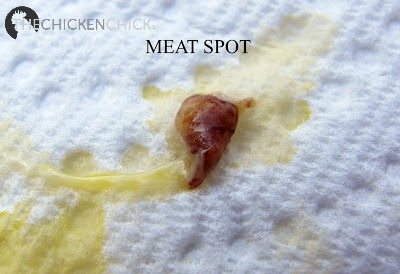
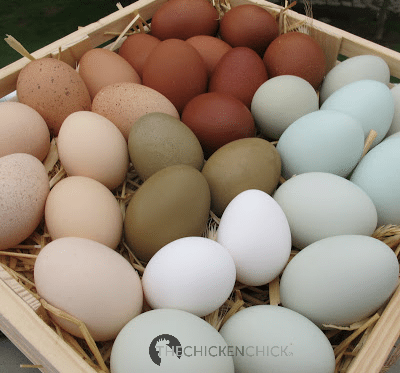
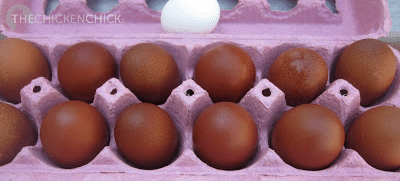
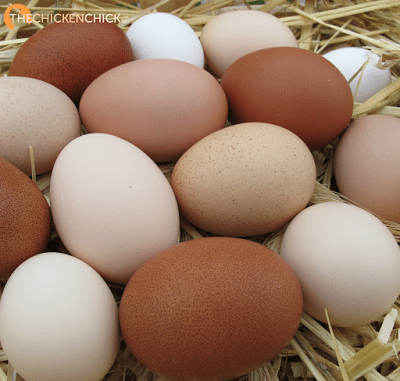
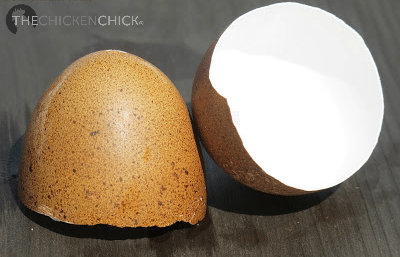
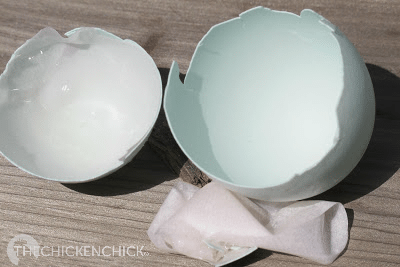
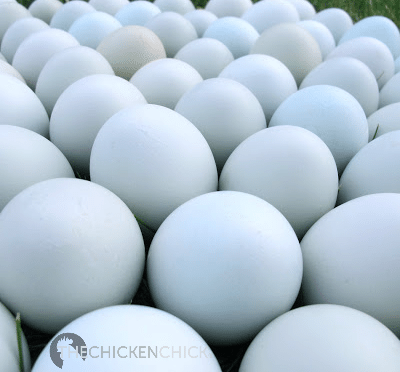
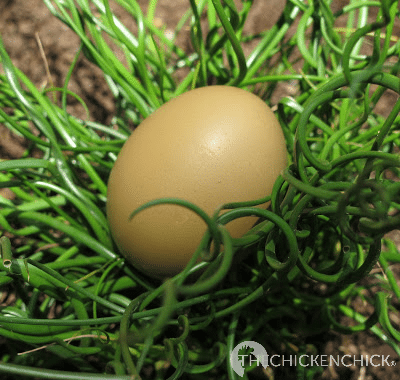
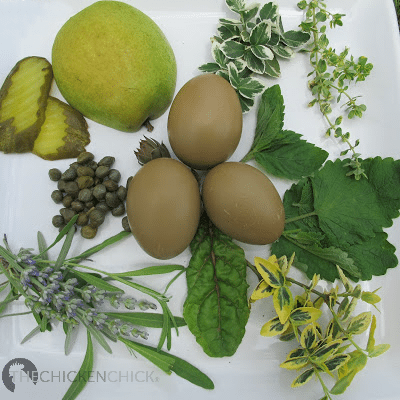
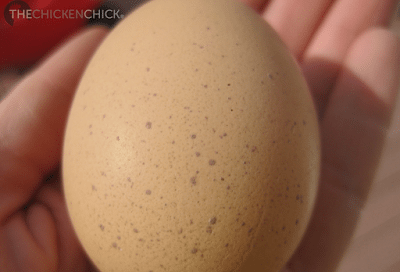
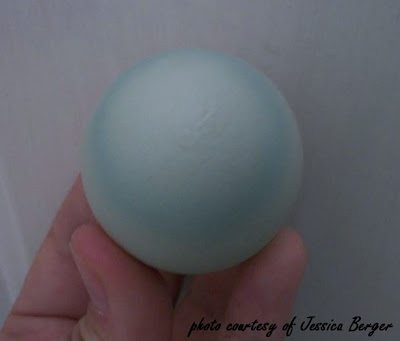
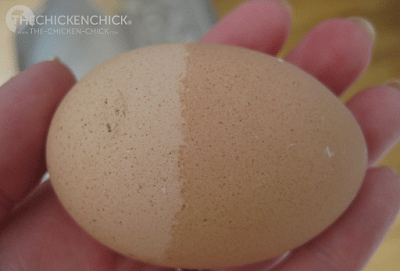
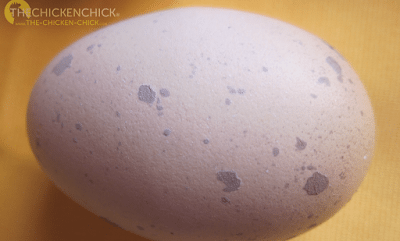
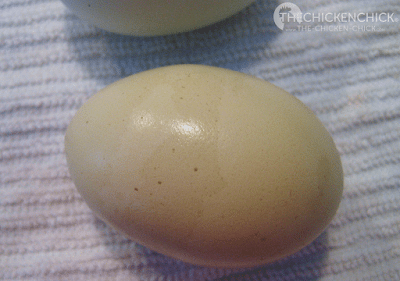
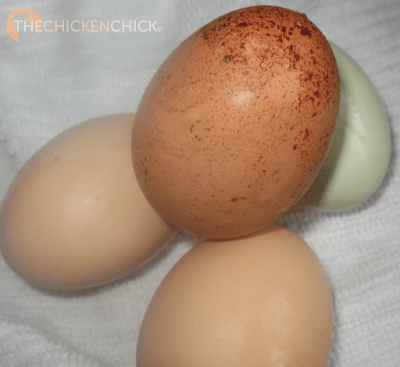
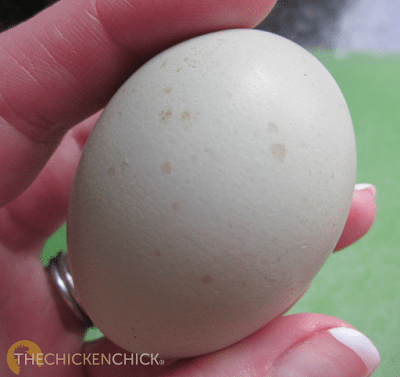
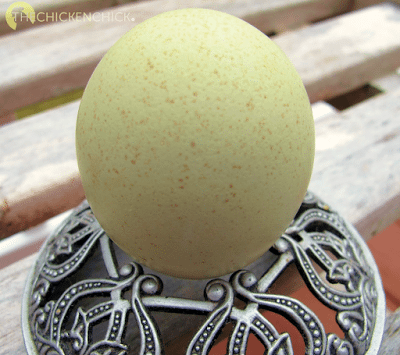
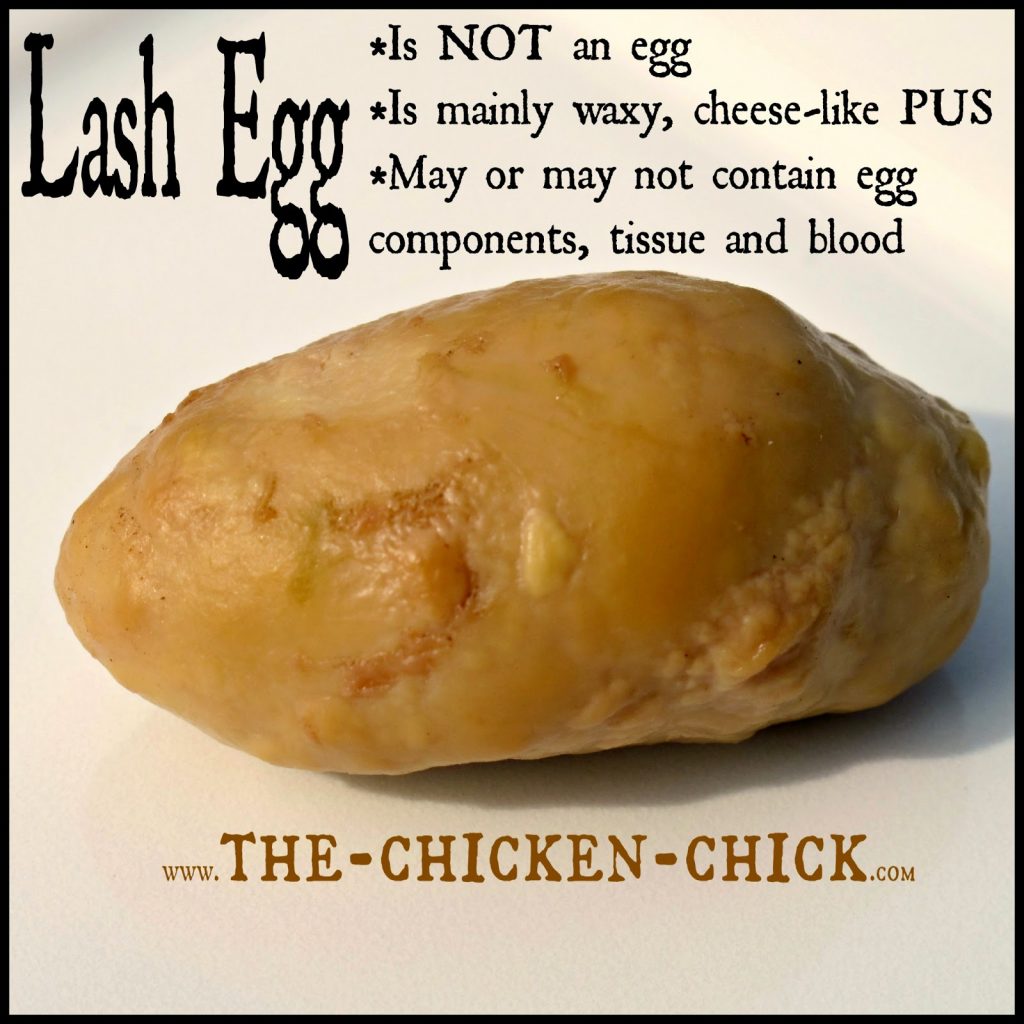
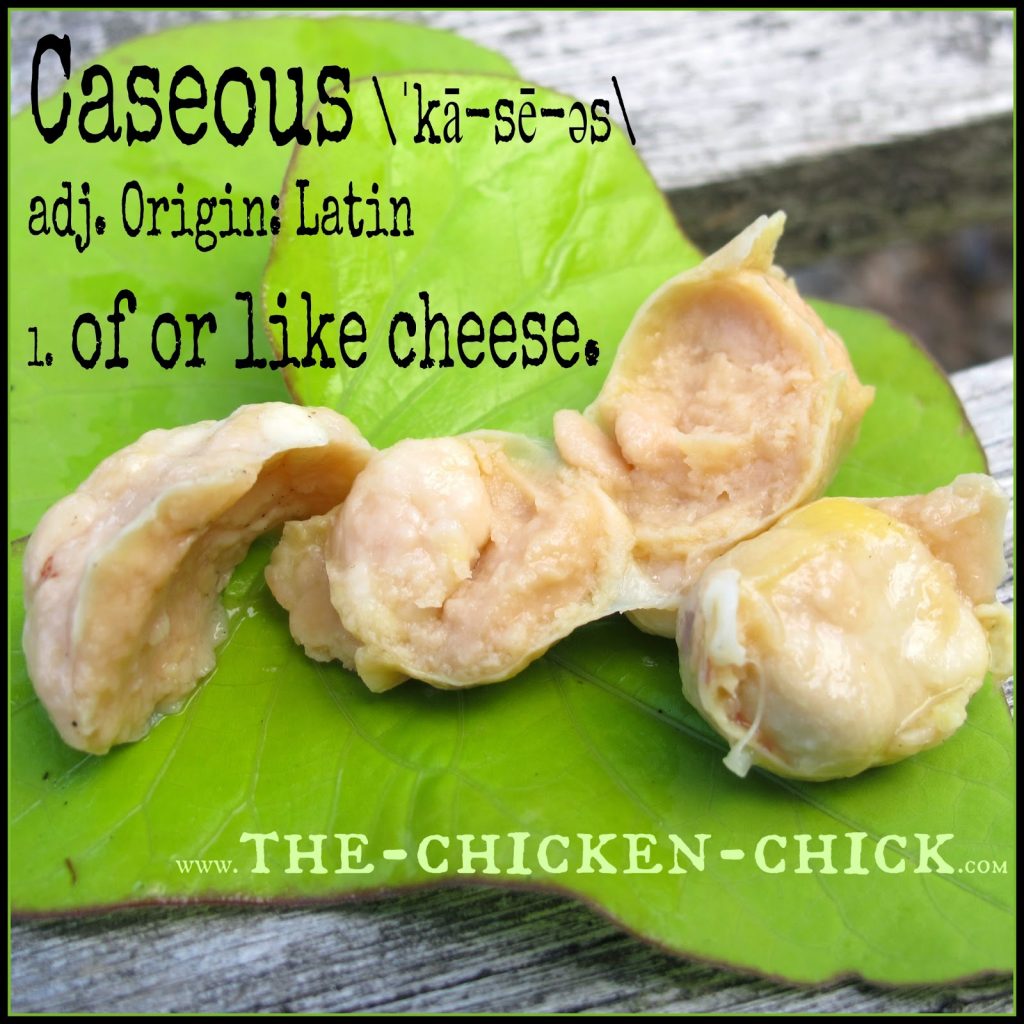
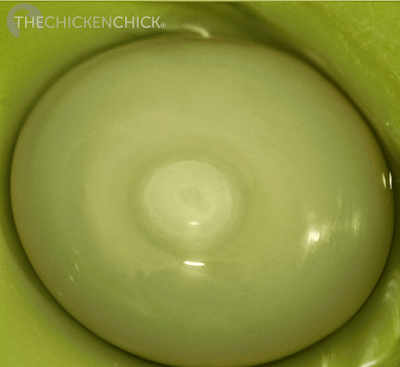


























thanks so much! So full of great info! My chicks should start laying by October. Can't wait!
Wow—I learned a lot from this blog. Thank You so much!!
Julie
My pleasure, Julie.
We spent this weekend building nesting boxes for our first chickens….thank you for all the information! Maritta yokomocha@yahoo.com
this was very informative…thank you!!!! We get a lot of double yorkers!!!
Wow Thank u so much for sharing this information..Love your facebook page! i hope one day i get a chance to win your goodies! ;)